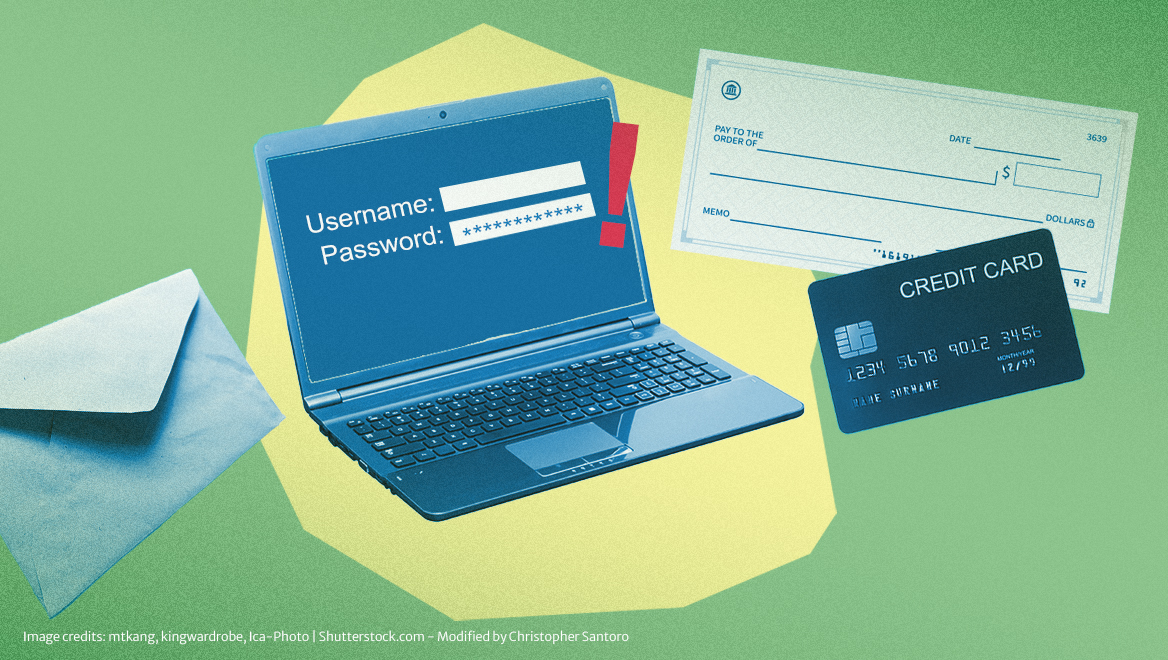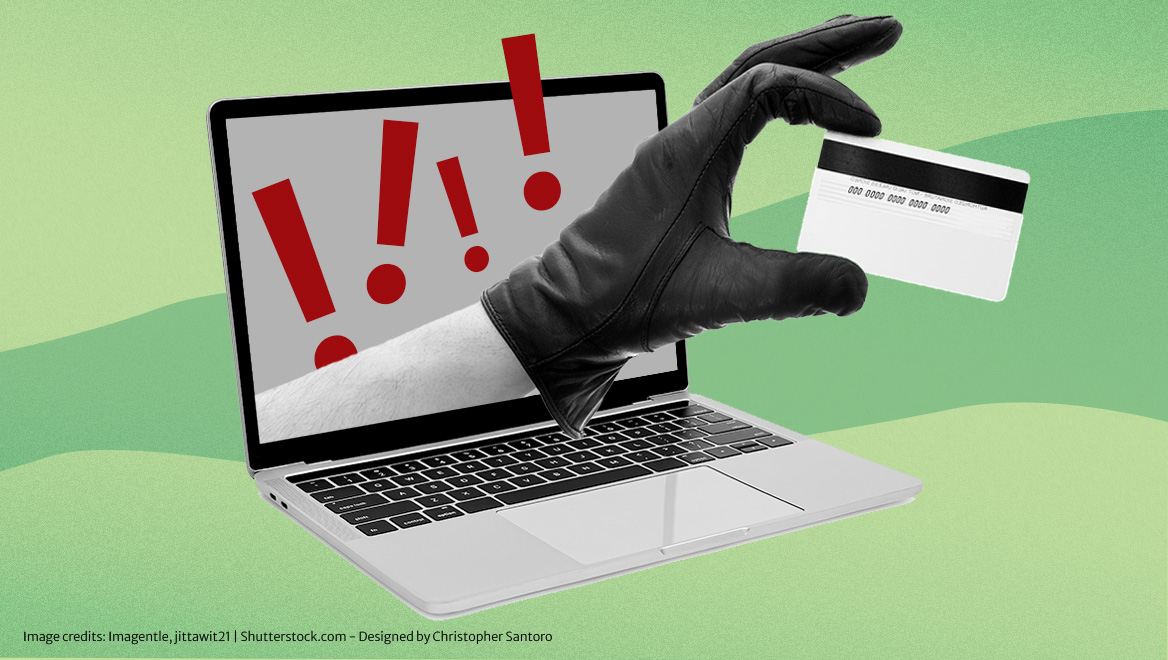Fraud Is Evolving. Here’s What Banks Need To Watch Right Now.
7/3/2025

Check fraud is back. Card fraud is relentless. Synthetic identities are getting harder to spot. And fraudsters are better organized than ever. At ProSight’s recent GCOR conference, Jason Bartolacci of the Fraud Alert Network, which ProSight is launching later this year, laid out the hard truth: the threat landscape is growing—and banks can’t go it alone. Here are five urgent insights from his session.
- Don’t Underestimate Old Scams. Check fraud is up 385% since the pandemic. Criminals are raiding mailrooms and using brake fluid to wash checks clean. In 2024, only 22% of affected organizations recovered at least 75% of stolen funds—down from 41% in 2023. Even the U.S. Treasury, which still issues billions in paper checks, is feeling the pressure. The lesson? Even low-tech threats can cause high-dollar losses.
- Breached Data Is Fueling Synthetic IDs. In 2024, six “mega-breaches”—including the so-called “mother of all breaches”—led to 1.7 billion victim notices. Criminals are combining real data with fake details to create new identities that sail past fraud filters. No victim means no alert. No alert means delayed detection. And card-not-present fraud? Still surging, with $400 billion in global losses projected over the next decade.
- Human Weakness Is Still the Easiest Target. In prevention exercises, testers bypassed one-time passcodes simply by persuading call center agents to help. Social engineering and spoofed numbers fuel a spike in account takeovers. Why? Call centers and branches are “soft targets,” lacking the strong authentication protocols of digital channels. Regular training and system-wide checks are essential.
- Fraud Against Older Adults Is Exploding. Losses from scams targeting seniors hit $4.8 billion in 2024—a 43% jump from 2023. Bartolacci warned that the real number could be 10 times higher. Courier scams, emergency fund cons, and precious metal thefts are just the tip of the iceberg. Shame and silence make prevention even harder.
- Collaboration Isn’t Optional. While 61% of banks see value in fraud consortiums, only 16% actively participate. That gap leaves the door open for organized criminals. ProSight’s Fraud Alert Network is one effort to change that—offering a secure space for verified banks to share real-time threat data and learn from one another.
Bottom line: Fraudsters move fast and work together. Banks should, too. Red teaming, after-action reviews, and shared intelligence are no longer nice-to-haves—they’re must-haves. To watch this and other sessions from GCOR, click here.


